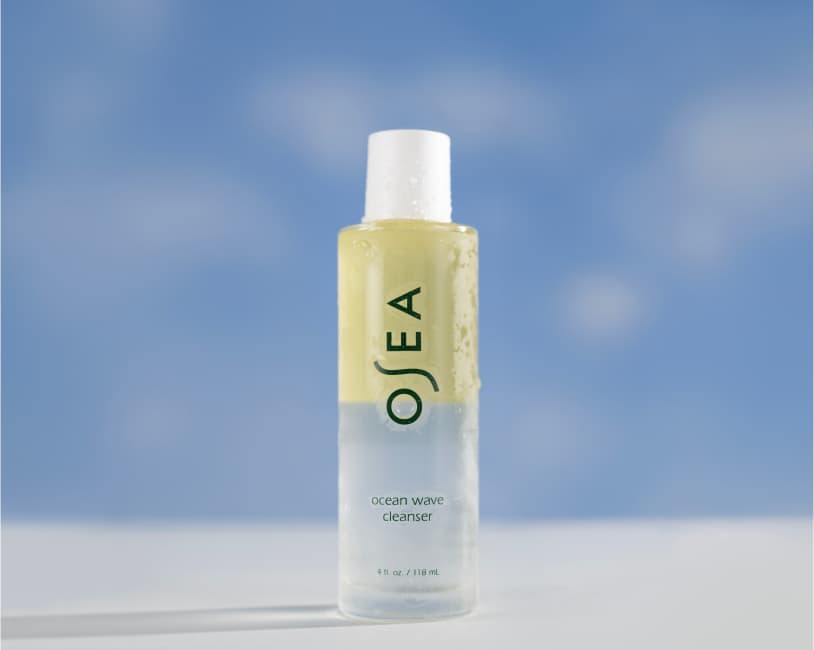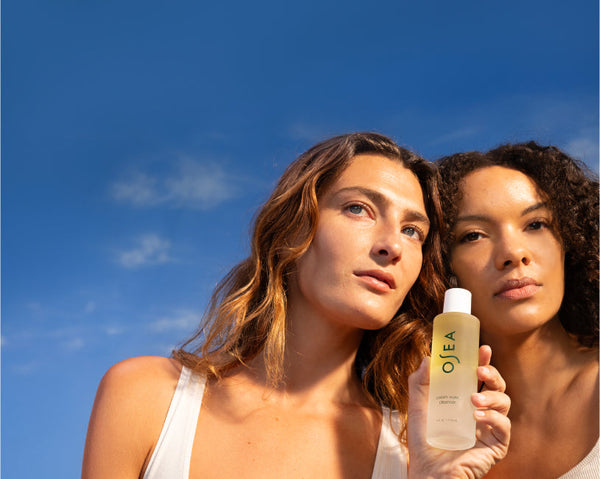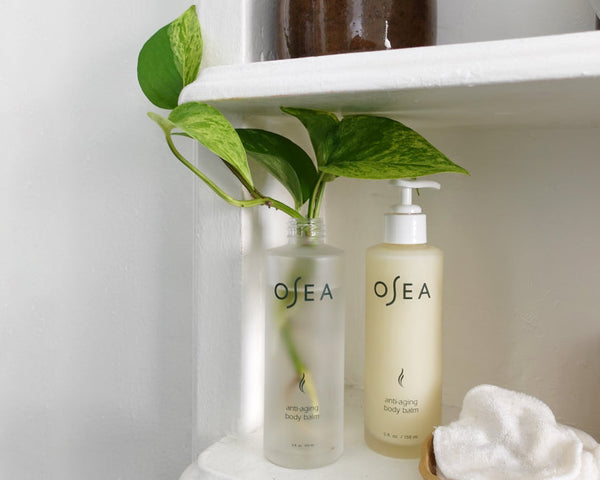
BTS: The Making of Ocean Wave Cleanser
OSEA FamilyThe journey from brainstorm to bottle
Read moreFree shipping on orders $50+

The journey from brainstorm to bottle
Read more
Cleansing is the cornerstone of every skincare routine, but making sure you’re using the right cleanser to suit your skin...
Read more
If you want super-soft, silky skin, start here.
Read more
Introducing Ocean Wave Cleanser
Read more
Whether you’re just starting to think about prevention or looking to improve the appearance of existing wrinkles, Ritual’s Science Team...
Read more
Our founder Jenefer shares Elsa’s famous glow-boosting apricot & plum recipe.
Read more
Written by OSEA Staff | Published April 20, 2025 Most mornings, before emails, meetings, or getting her three young children...
Read more
Written by OSEA Staff | Published April 20, 2025 We’ll be the first to admit: there are very few things...
Read more
From jars to lids, here's your complete guide on how to recycle your skincare products
Read more
Find out how—and why—we made our bio-retinol serum, from lab to launch.
Read more
Written by OSEA Staff | Published March 19, 2025 While scrolling your TikTok feed, you might have encountered skincare-related content...
Read more